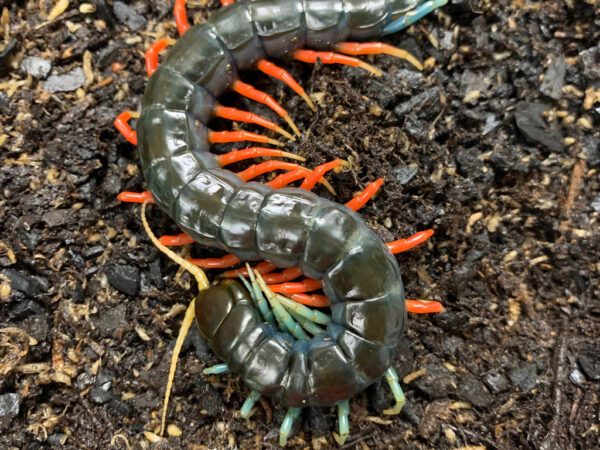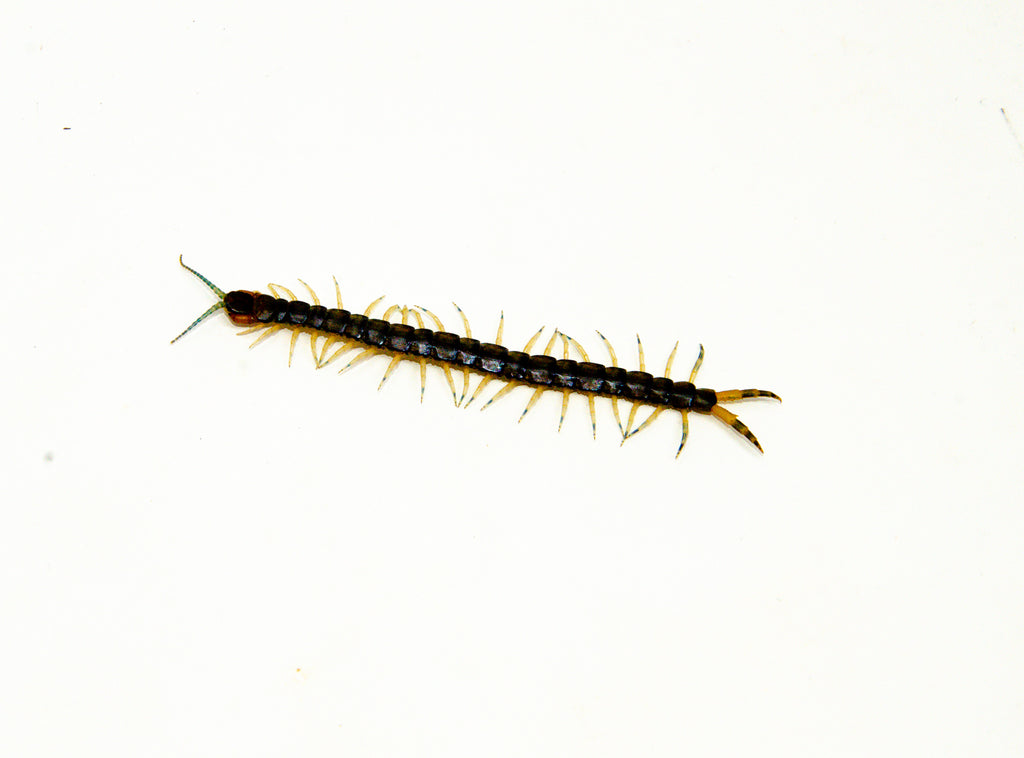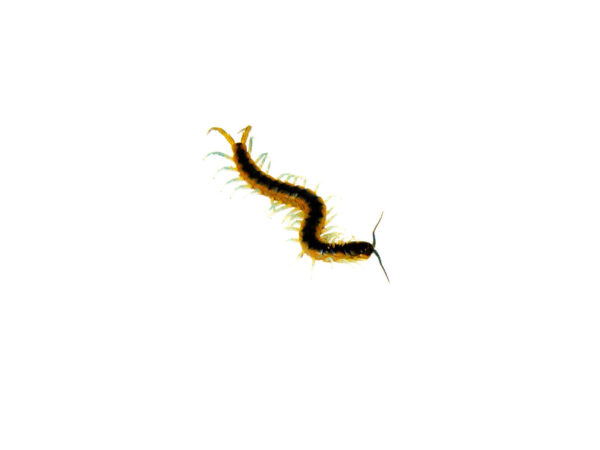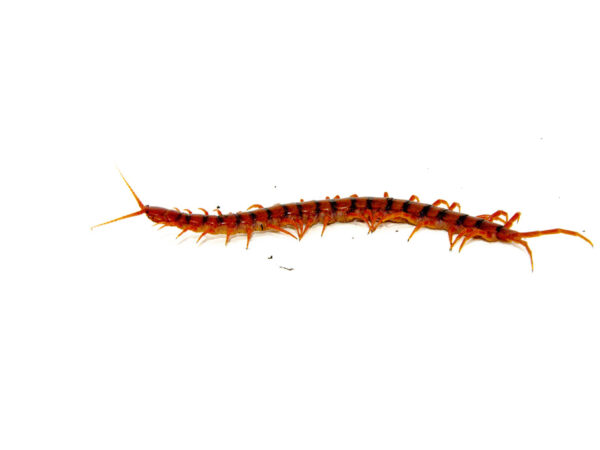Florida Giant Green Centipede (Hemiscolopendra marginata): A Stunning but Underrated Predator
The Florida giant green centipede (Hemiscolopendra marginata) is a bold and colorful species that often gets overshadowed by its more famous cousins like Scolopendra subspinipes. However, this North American native is just as fascinating, making it an excellent choice for invertebrate keepers looking to add variety and color to their collection. With its mossy green tones and assertive hunting style, this species blends beauty with impressive behavior.
Let’s explore everything you need to know about keeping this striking centipede species—from habitat setup to feeding and safety tips.
Appearance & Identification Florida giant green centipede (Hemiscolopendra marginata)
The Florida giant green centipede ) is instantly recognizable thanks to its olive-green to forest-green body coloration and contrasting orange-tinted legs. On average, adults reach about 4 to 6 inches in length, making them smaller than many tropical species, but no less interesting to observe.
They have a smooth, segmented body with flattened sides, helping them squeeze into narrow cracks and crevices in their natural environment. Their antennae are long and active, constantly sweeping to detect prey or threats.
Natural Range & Behavior Florida giant green centipede (Hemiscolopendra marginata)
Native to the southeastern United States, especially Florida, Georgia, and surrounding regions, the Florida giant green centipede (Hemiscolopendra marginata) prefers warm, humid forest floors, often hiding under logs, stones, or leaf litter during the day. It emerges at night to hunt and can dispatch prey quickly using its venomous forcipules.
This centipede is semi-aggressive and fast. While not overly defensive compared to other large centipedes, it will react if provoked and should always be treated with caution. Unlike some larger species, Hemiscolopendra marginata is not recommended for handling.
Housing Requirements
A secure, escape-proof enclosure is essential. Despite its medium size, the Florida giant green centipede (Hemiscolopendra marginata) is a master of squeezing through small gaps or climbing if conditions allow.
Recommended Setup:
-
Enclosure Size: A 10-15 quart clear storage bin or small glass terrarium works well.
-
Substrate: 3-4 inches of moist coconut fiber, topsoil, or a mix with sphagnum moss.
-
Humidity: Maintain at 70–80% with regular light misting. Use a hygrometer for accuracy.
-
Temperature: Aim for 72–80°F (22–27°C).
-
Ventilation: Ensure there is airflow to prevent mold and mildew.
-
Hiding spots: Add cork bark, leaf litter, and half logs to mimic forest floor hiding places.
The enclosure should include deep substrate for burrowing, as the species likes to dig and nest underground, especially before molting.
Feeding Schedule & Diet
Feeding the Florida giant green centipede is a thrilling experience due to its ambush-style predation.
Recommended Food Items:
-
Crickets, mealworms, and dubia roaches
-
Waxworms as occasional treats
-
Avoid prey that is too large—live prey should be no longer than half the centipede’s length
Feeding Frequency:
-
Juveniles: 2–3 times per week
-
Adults: Once every 7–10 days
Feeding should occur in the evening when the centipede is naturally active. Always remove uneaten prey after 24 hours to prevent stress or injury.
Safety and Handling Tips
As with all venomous arthropods, handling is not recommended. The Florida giant green centipede is fast and can bite if cornered. Its venom is not fatal to humans but can cause pain, swelling, and allergic reactions.
If enclosure cleaning is necessary:
-
Use long forceps or soft brushes
-
Employ a catch cup for any interaction
-
Wear gloves and work with care
Keep the enclosure securely closed at all times and out of reach of children or pets.
Lifespan and Molting
With proper care, the Florida giant green centipede can live 5 to 7 years. Like all centipedes, it grows by molting:
-
Signs of molting: Refusal to eat, sluggish behavior, burrowing
-
After molting: Wait 5–7 days before feeding again to allow the exoskeleton to harden
Ensure a humid, secure hide is always available, especially for juveniles approaching a molt.
Why Keep This Species?
The Florida giant green centipede (Hemiscolopendra marginata) is an excellent alternative for keepers who want a medium-sized, manageable species with vibrant coloration. It’s active, bold, and displays captivating natural behavior in the terrarium. Its needs are relatively simple compared to tropical species, making it a great native North American choice for advanced beginners or experienced collectors.
Conclusion
The Florida giant green centipede (Hemiscolopendra marginata) is a rewarding species to keep for those seeking a vivid, lively, and slightly less intimidating alternative to larger tropical centipedes. With its striking coloration, manageable size, and low maintenance needs, it’s an underrated gem in the world of invertebrate husbandry.
If you’re looking to add a unique and eye-catching predator to your collection, this centipede might be the perfect fit.









Reviews
There are no reviews yet.